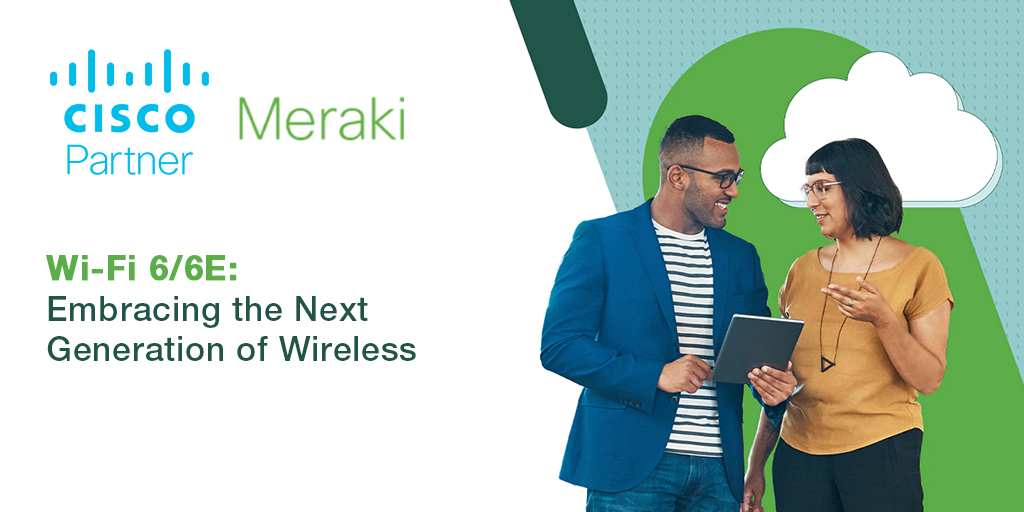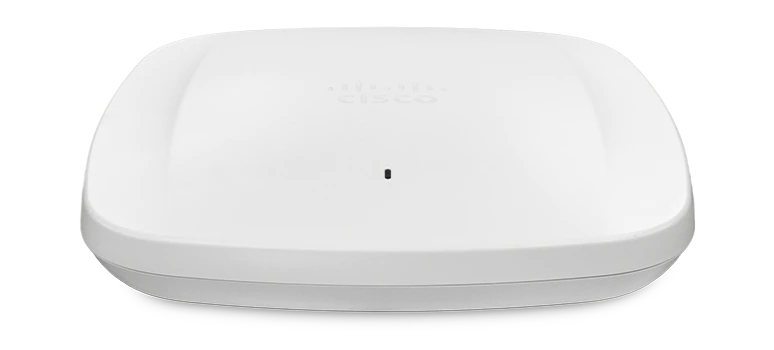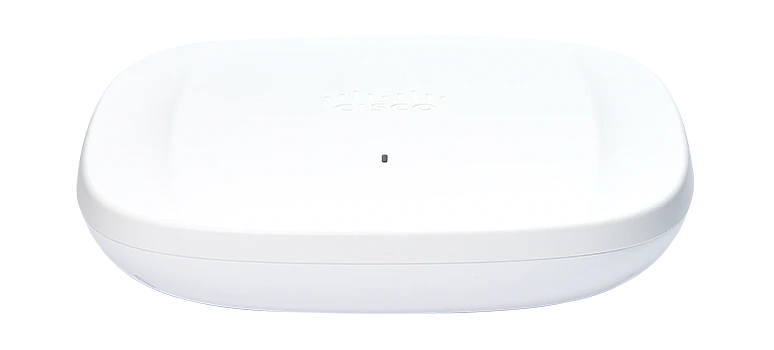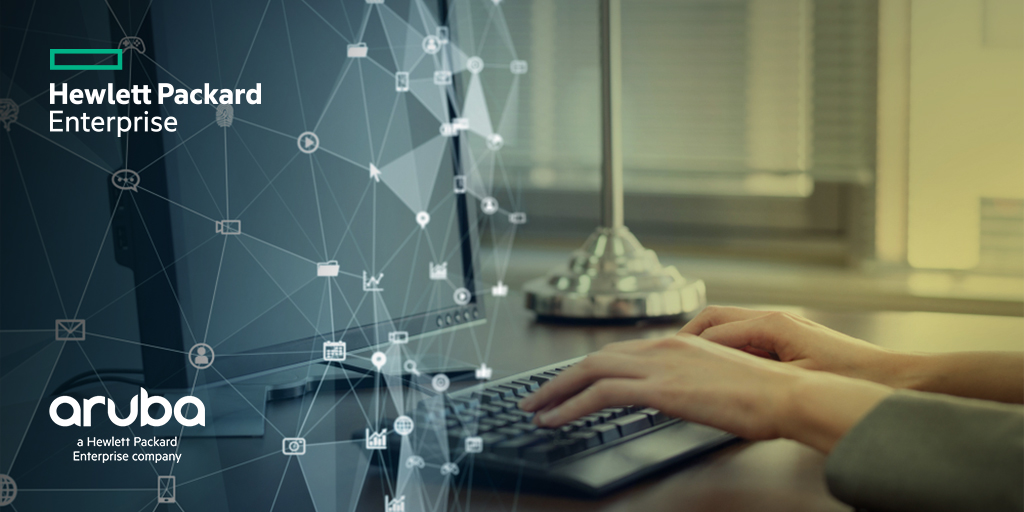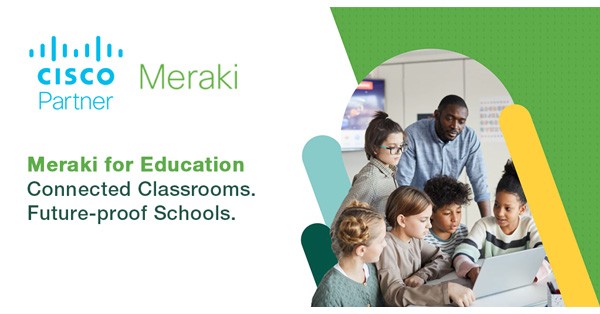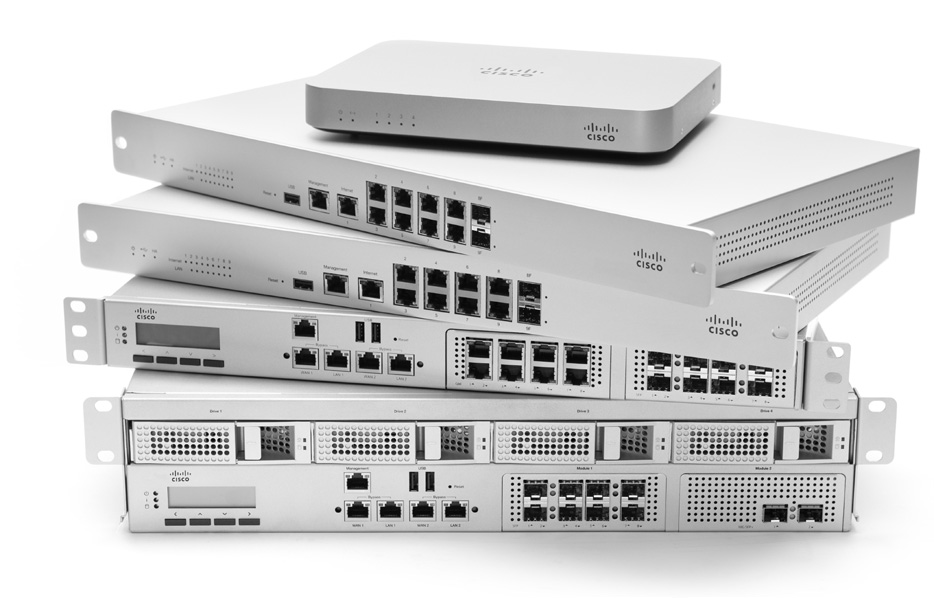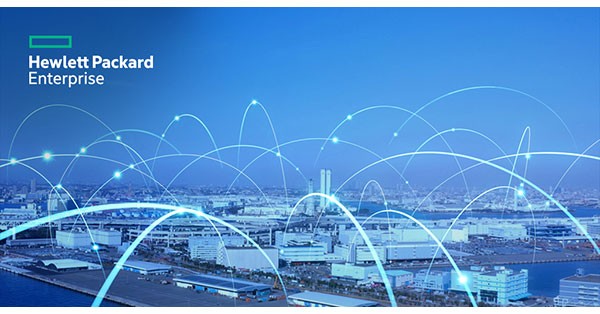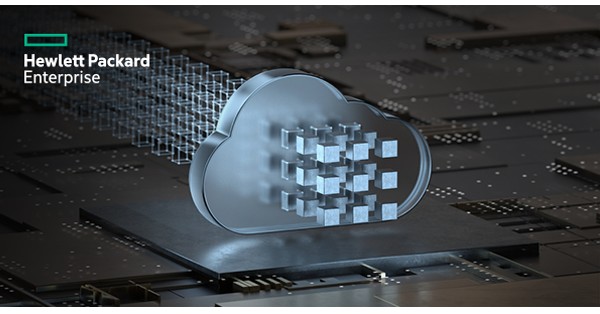
Make Good Choices: Breaking Down your Cybersecurity Options
By Derek Kernus | Small biz Technology
While it’s tempting to do the minimum to keep costs low, every business leader knows that risks are evolving. The best approach for small and mid-sized businesses is to adopt industry best practices, align your cybersecurity programme with your business strategy, and address future needs with a programme that is robust and scalable.
In an effort to capitalise on cybersecurity spending, many providers have resorted to pushy tactics. Their cybersecurity options via packages cover some of the basics plus include extras your company may not want or need, or include multi-year service contracts that far exceed any necessary requirements. If you don’t have some technical background in IT and know what’s required of your company, it’s easy to be swayed by marketing.
The best way to differentiate between providers is to seek out a variety and ask for a free estimate. A good company will ask questions and provide a recommendation and costs. A great one will make sure you understand what’s required, where your company currently stands, and what services you will need. Your decision should include services that complement your own internal capabilities to:
Embed Best Practices
Bad actors are hard at work devising new ways to trick employees. That’s why it’s important to have a security mindset, a security-focused culture, and to continuously train and test your workforce. Indeed, adopting and embracing these best practices is a sign that security is part of everything you do.
It’s important to have a security mindset, a security-focused culture, and to continuously train and test your workforce.
When security is truly a core value of your organisation, cybersecurity training is reinforced in daily processes and interactions. Plus, thinking about security first becomes a habit.
Align Cybersecurity Options and Business Strategy
Just like all of the other administrative functions in your company (finance, HR, operations), cybersecurity runs through all that you do. Managing the risks that pose a threat to your organisation’s overall health requires staying focused on the big picture. To do that, you must align cybersecurity options to your business goals.
- Use security plans to also meet larger company goals, like digital transformation, paperless operations, or upskilling employees.
- Connect security objectives to business requirements. For example, specific security objectives can be built into staff performance goals and supplier performance measurements. Protecting assets and information and avoiding breaches helps you meet business objectives.
- Focus on reducing risk, not eliminating it. Cybersecurity is a journey of incremental steps.
Focus on the Future
Every industry has or is developing cybersecurity standards. A future-focused strategy doesn’t just meet today’s minimum requirements. Instead, it looks at implementing coordinated programmes and technology that can scale as requirements change. With a robust cybersecurity programme in place, your company can pursue any certifications or audits that are needed or required. And your brand can use security as a competitive advantage.
Consider Your Options – and You Do Have Options
If you believe the ads that pop up when you search for cybersecurity, every provider out there has a single solution that meets all your needs. The truth is that there are many options and pathways. Tailor your approach to your company’s structure, existing systems, and business goals.
A provider motivated only by their profits, and not invested in your success, might not present other options or even offer them within their portfolio. This is where internal knowledge and comparison shopping can help.
Also, your provider matters, too. Some good ones include implementation and configuration in their costs, and some even help with documentation.
Cybersecurity is a significant investment for companies that may not have done risk management or security as part of their operations before now. However, make no mistake, every small or medium-sized business, regardless of its industry, now must incorporate security into their processes. The best approach is to adopt industry best practices, align your cybersecurity options with your business strategy, and remain future-focused.
This article was written by Derek Kernus from Small Biz Technology and was legally licensed through the Industry Dive Content Marketplace. Please direct all licensing questions to legal@industrydive.com.
